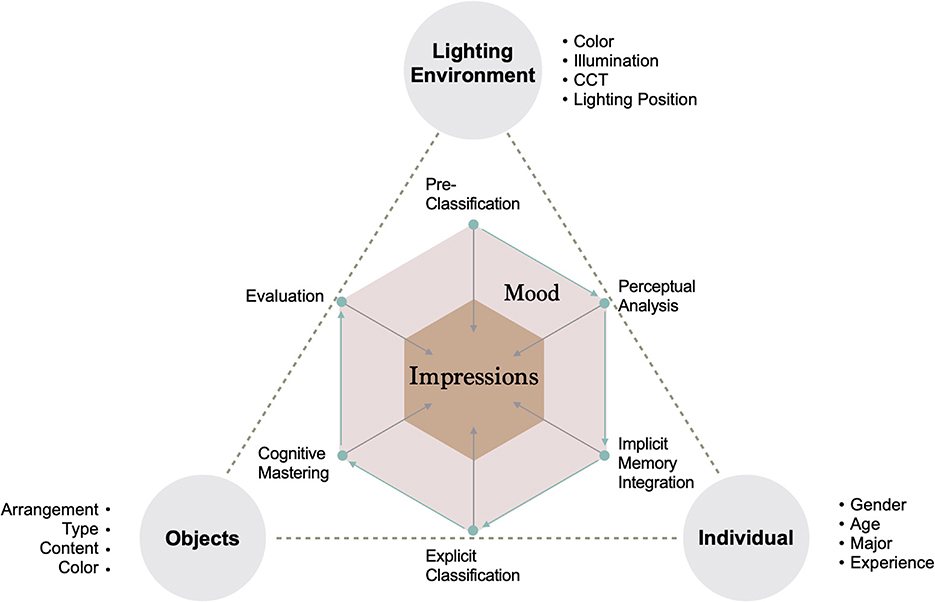
Have you ever wondered why certain logos and branding materials just seem to pop out at you, while others fade into the background like a boring beige wall? It’s not magic, folks - it’s the power of color! That’s right, we’re diving deep into the rainbow of possibilities when it comes to branding and the impact that different hues can have on our perceptions. So grab your rose-colored glasses and get ready to see how color can help your brand shine brighter than a neon sign at midnight. Let’s unveil the power of color in branding!
Understanding the Psychology of Color in Branding
Ever wonder why certain brands use specific colors in their logos and marketing materials? Well, it’s not just because they look pretty (although, that does help). The psychology of color in branding plays a huge role in how consumers perceive a company and its products. Let’s dive into the colorful world of branding psychology and uncover some of the secrets behind the hues.
First up, let’s talk about the color red. This fiery hue is often associated with passion, excitement, and energy. It’s no wonder that brands like Coca-Cola and Netflix incorporate red into their logos - they want you to feel the buzz of their products. So, next time you see a bold red logo, remember that it’s not just a color choice, it’s a psychological manipulation!
On the other end of the spectrum, we have blue – the color of trust, calmness, and reliability. Brands like Facebook and IBM use blue to convey a sense of security and professionalism. So, the next time you’re scrolling through your news feed or surfing the web, just know that blue is working its psychological magic on you.
And let’s not forget about green – the color of growth, harmony, and nature. Companies like Whole Foods and Starbucks use green in their branding to evoke feelings of health, sustainability, and freshness. So, when you’re sipping on your matcha latte or buying organic groceries, remember that green is subtly influencing your every move.
Choosing the Right Colors for Your Brand Identity
When it comes to , it’s important to consider the psychology behind each shade. Here are some tips to help you pick the perfect palette:
- **Think about your target audience:** Are you targeting millennials who love anything pastel and Instagrammable, or are you catering to professionals who prefer more subdued and traditional colors?
- **Consider your industry:** Different industries have different color associations. For example, tech companies often opt for blues and greens to evoke trust and reliability, while beauty brands lean towards soft pinks and golds to convey luxury and sophistication.
- **Don’t be afraid to stand out:** While it’s tempting to follow the crowd and stick with industry norms, sometimes the best way to get noticed is by choosing bold and unexpected colors that set you apart from the competition.
Remember, your brand’s color palette is like its personality - it should reflect your values, mission, and vision. So take your time, do some research, and choose colors that not only look good but also resonate with your target audience on a deeper level. Good luck!

Creating Emotional Connections Through Color
Choosing the right colors to create emotional connections is crucial in design. Colors have the power to evoke specific emotions and feelings in people, so it’s important to choose wisely. Here are some tips to help you create emotional connections through color:
1. Consider the psychology behind colors. Each color has its own unique psychological effect on people. For example, red is often associated with passion and energy, while blue is calming and serene. Think about the emotions you want to evoke and choose colors accordingly.
2. Use contrasting colors to create visual interest. Bold contrasts can make your design pop and grab attention. Experiment with complementary colors like red and green or orange and blue to create a dynamic look.
3. Pay attention to cultural differences. Colors can have different meanings in different cultures, so it’s important to be mindful of this when designing for a global audience. For example, white is often associated with purity and cleanliness in Western cultures, but in some Eastern cultures, it symbolizes death and mourning.

Using Color to Communicate with Your Target Audience
When it comes to communicating with your target audience, color plays a crucial role in catching their attention and conveying your message. By choosing the right colors, you can evoke certain emotions and create a strong connection with your audience.
Here are some tips for using color effectively:
- Understand color psychology: Different colors have different meanings and can evoke various emotions. For example, red is often associated with passion and excitement, while blue conveys trust and loyalty.
- Consider cultural differences: Colors can have different meanings in different cultures, so it’s important to research the cultural significance of colors in your target audience’s region.
- Use contrasting colors: Contrasting colors can make your message stand out and grab attention. Just make sure the colors you choose work well together and don’t clash.
Remember, the goal is to create a visual experience that resonates with your target audience and leaves a lasting impression. So don’t be afraid to get creative with your color choices and experiment with different combinations until you find the perfect match!

The Impact of Color on Brand Perception
When it comes to brand perception, color is more than just a mere visual element – it’s a powerful tool that can evoke emotions, influence decision-making, and even shape our perceptions of a brand. Just like a good outfit can make you feel like a million bucks (or like a total fashion disaster), the colors that a brand chooses can leave a lasting impression on consumers.
Here are a few ways in which color impacts brand perception:
- Emotional Responses: Different colors can trigger different emotional responses in people. For example, red might evoke feelings of passion and excitement, while blue may convey a sense of trust and dependability.
- Brand Personality: Colors can also help convey a brand’s personality. Bright, bold colors might suggest a brand that’s fun and energetic, while muted tones could signal sophistication and elegance.
- Perceived Value: Believe it or not, the color of a product can influence how much people think it’s worth. Studies have shown that people are willing to pay more for the same item if it’s presented in a fancy-shmancy color.
So next time you’re choosing colors for your brand, remember that it’s not just a matter of picking what looks pretty – it’s about strategically choosing colors that will help shape how your brand is perceived. After all, you wouldn’t want your brand to be seen as the fashion equivalent of a neon tutu, would you?
Implementing a Successful Color Strategy for Branding
Alright folks, it’s time to dive into the wonderful world of colors and how they can make or break your branding strategy. Let’s face it, we’ve all seen those brands that make our eyes hurt with their poor color choices, but fear not – with a little bit of know-how, you can avoid becoming a visual disaster.
First things first, you need to choose a color palette that reflects your brand’s personality and values. This is your chance to show the world who you are, so don’t be afraid to get a little wild! Play around with different shades and combinations until you find the perfect mix that screams “us”.
Remember, consistency is key! Make sure that your chosen colors are used across all of your branding materials – from your logo to your website to your social media profiles. This will help to create a sense of cohesion and make your brand instantly recognizable.
And last but not least, don’t be afraid to get creative with your color strategy! Try experimenting with different color trends, incorporating unexpected pops of color, or even creating custom color schemes that are totally unique to your brand. The sky’s the limit, so have fun with it!
FAQs
Why is color important in branding?
Well, color is like the spice in the branding stew. It sets the mood, conveys messages, and grabs attention faster than a puppy video on social media.
How do different colors evoke emotions in consumers?
Imagine colors are like mood rings for your brand. Red might make consumers feel bold and passionate, while blue brings a sense of trust and tranquility. But watch out for yellow, it might just make people hungry for a cheeseburger.
Can using the right color increase brand recognition?
Absolutely! Think of it like this – you wouldn’t wear mismatched socks to a job interview, right? Choosing the right colors for your brand helps customers spot you in a crowd quicker than a unicorn at a petting zoo.
How should businesses go about choosing the right colors for their brand?
It’s like picking toppings for your pizza – you want a good mix that pleases everyone. Start by considering your target audience, your brand personality, and what message you want to convey. Then mix and match those colors like a fashionista on Project Runway.
Can a color change make a difference in brand perception?
Oh, absolutely! It’s like getting a makeover – a fresh coat of paint can make your brand look like a whole new person. Just don’t go from a soft pastel to neon green unless you’re trying to scare away customers.
Bringing Color to Life in Your Branding!
So there you have it, folks! The secret to unleashing the power of color in branding is finally revealed. As you embark on your journey to create a memorable and impactful brand, just remember one thing – don’t be afraid to think outside the box (or the color wheel)!
Whether you’re feeling blue, seeing red, or feeling green with envy, make sure to harness the power of color to make your brand stand out in a sea of black and white. So go forth, be bold, and paint the town red (or any other color you fancy)! Cheers to a colorful branding adventure ahead! 🎨🌈











